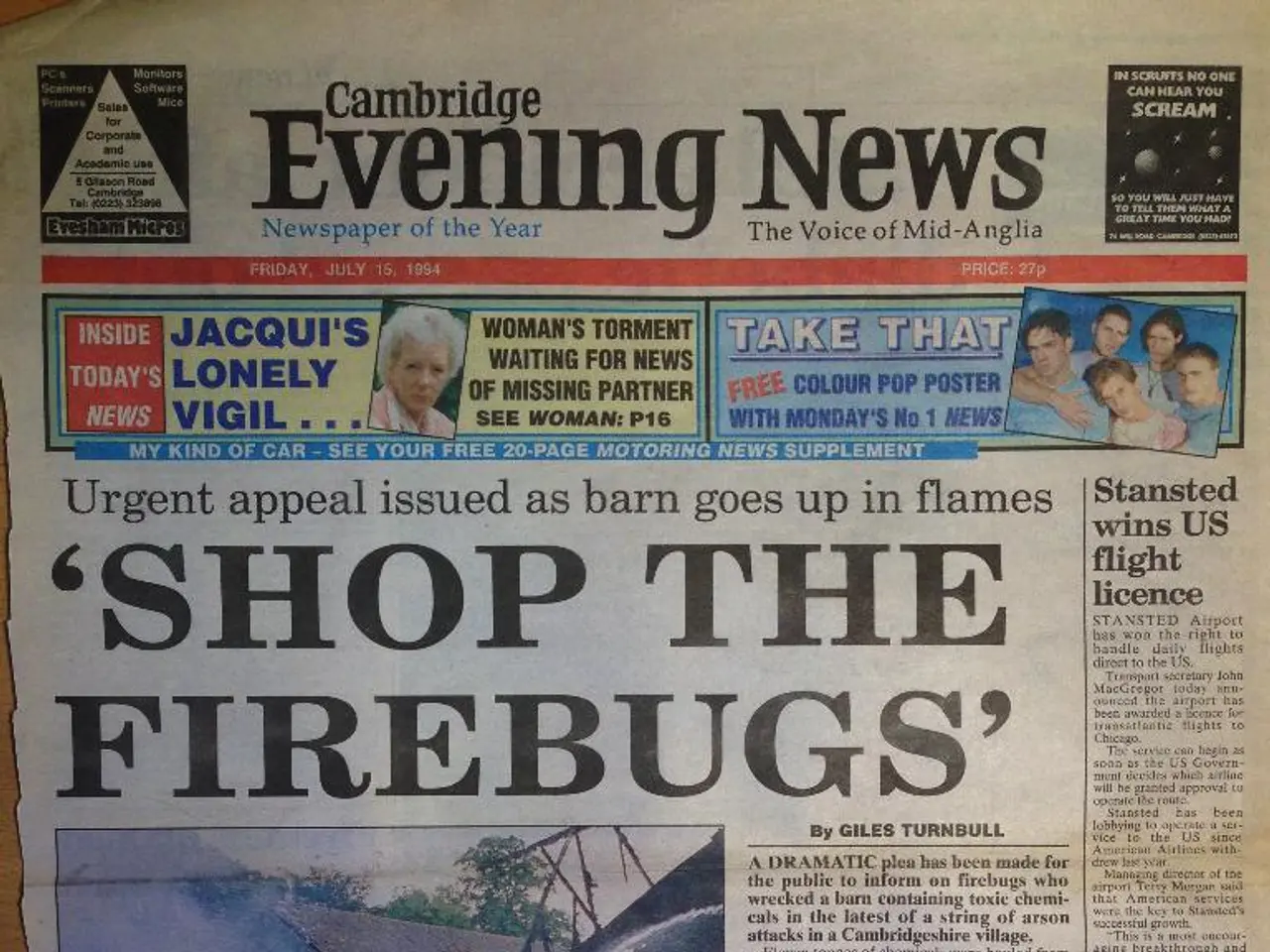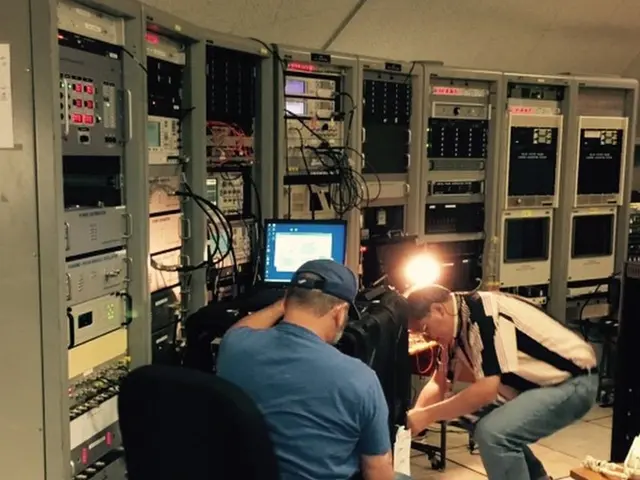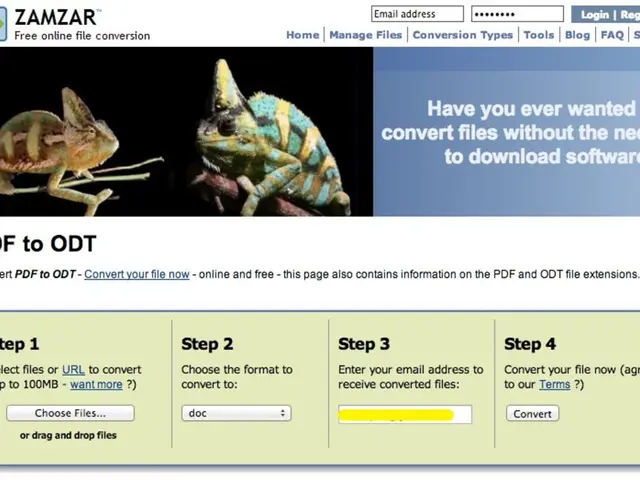Why should a smaller creative agency invest in Public Relations?
In the ever-evolving world of business, getting press coverage can be a challenge for small creative agencies. However, with the right approach, these agencies can make a splash in quality titles, elevating their brand and reaching new heights.
One crucial aspect that sets small agencies apart is thought leadership. Working with PR professionals requires a commitment from senior team members, but a good PR person can adapt to the unique circumstances of each agency, helping to shift the focus from marketing towards value-driven content that builds trust.
This shift is significant, as decision-makers are increasingly tuned in to the nuance and tone that elevates valuable insight. Media coverage is an important part of the mix for larger agencies, and the same applies to smaller ones.
Media relations acts as the bridge between an agency's agenda and an editor's, bringing a valuable outside perspective. It makes the link between what's going on in-house and what the outside world finds interesting.
Creativity and design are increasingly recognised in mainstream business thinking, and good PR can help an organization work out its view, set boundaries, and gain direction, strategically developing new business.
The rise of 'thought leadership' has made editors open to contributions from PRs who understand what they're looking for. This opens up opportunities for smaller agencies to reach new audiences, generate organic publicity, and differentiate themselves from competitors, which is crucial for growth.
Media relations offers cost-effective ways to increase visibility, build credibility, and gain access to influential networks. Positive media coverage serves as third-party validation, making the agency appear more trustworthy to potential clients and partners.
Compared to paid advertising, earned media through relations with press or bloggers often costs less, helping small agencies maximise their limited marketing budgets. Media coverage can reach broader or more targeted audiences than organic social media alone, increasing potential client engagement.
To make media relations manageable despite resource constraints, smaller agencies can focus on targeted storytelling that resonates with niche audiences or local communities to attract relevant media interest. Building and nurturing selective media lists and relationships can improve pitching efficiency.
Leveraging local or industry-specific media outlets for more accessible coverage opportunities is another effective strategy. For agencies that need more expertise, consider partnering or outsourcing to boutique PR firms or agencies with relevant expertise for more efficient execution and better results.
Integrating media relations into their marketing mix allows smaller creative agencies to stretch limited budgets, build brand authenticity, and create growth opportunities beyond paid advertising or social media alone. This strategic approach ultimately benefits their business by enhancing reputation, attracting clients, and fostering long-term success.
However, it's important to note that the rise of generative AI can produce SEO-optimised content, but original perspective is crucial for thought leadership. Thought leadership needs to cite strong research and data to enhance an agency's reputation.
In conclusion, media relations is a valuable tool for small creative agencies looking to make a big impact. By leveraging media relations effectively, these agencies can build credibility, reach new audiences, and differentiate themselves from competitors, all while staying within their budget constraints.
Read also:
- Budget cuts at federal and state levels jeopardize advancements in fighting HIV and AIDS within Dallas County
- Understanding Prediabetes: A Precursory Condition to Diabetes
- Debating the legitimacy of Borderline Schizophrenia as a distinct mental health disorder?
- Strategies for managing osteoporosis sans medication: Key points to remember








